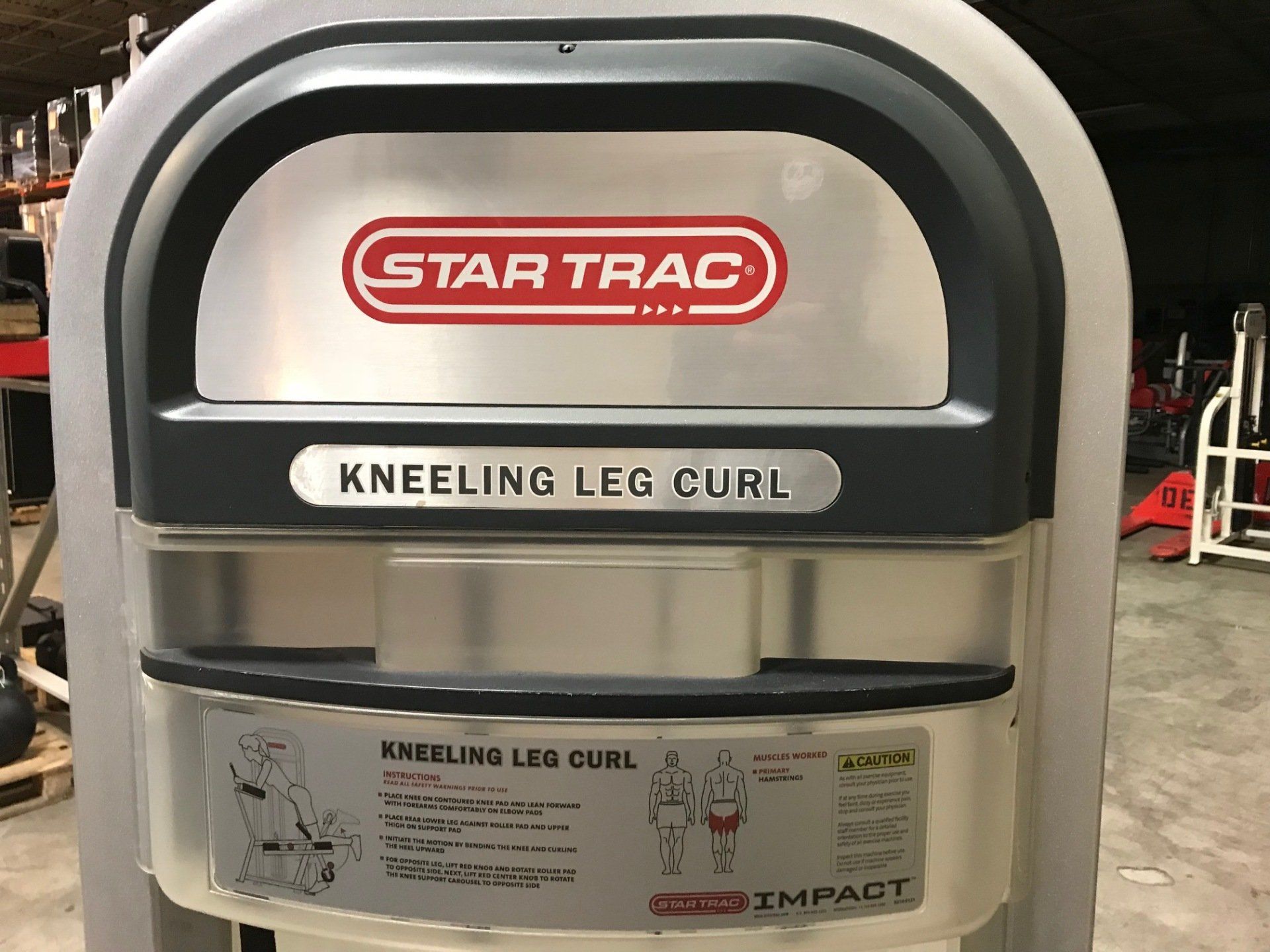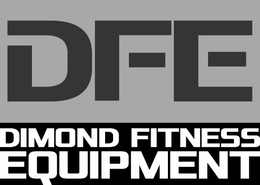Recumbent Bikes: Ideal Equipment for Older Members
Recumbent bikes are an excellent tool to have on hand. Here's what to look for.

It’s
no secret that we are in the midst of a significant increase in the elderly
fitness population. According to the
Administration on Aging’s “2017 Profile of Older Americans,” 15.2% of the
American population is age 65 or over—about 49.2 million people. It’s likely
that you’ll be working with an elderly client at your gym, or at least have
members that fall in this age range.
Generally
speaking, common training needs that need to be addressed include balance,
mobility, and joint pain. Exercise
equipment needs to cover a wide range of training needs: weight loss,
cardiovascular endurance, and rehab. It
should also be low impact and relatively easy to use. Luckily, a recumbent bike
can cover all of these requirements.
There are a few key elements to look for
in a recumbent bike. Make sure the seat
is adjustable and has plenty of cushioning, which will help alleviate any low
back stress that an upright bike may cause.
Next, make sure that the bike has the ability to accommodate a
step-through motion to get seated. In the picture above, you can see that you
can step directly through to the other side of the bike when getting seated,
rather than having to swing a leg over any pedals. Finally, make sure there are
adjustable straps on the pedals to prevent any foot slippage. As always, confirm that the bike is
commercial grade rather than residential grade for durability.
If you have any questions, be sure to comment below! If you prefer, you can also send an email to info@dimondfitnessequipment.com.
Source
Administration on Aging, and Administration for Community Living. “Profile of Older Americans.” Home Page | ACL Administration for Community Living , U.S. Department of Health and Human Services, 30 Apr. 2018, acl.gov/aging-and-disability-in-america/data-and-research/profile-older-americans.



